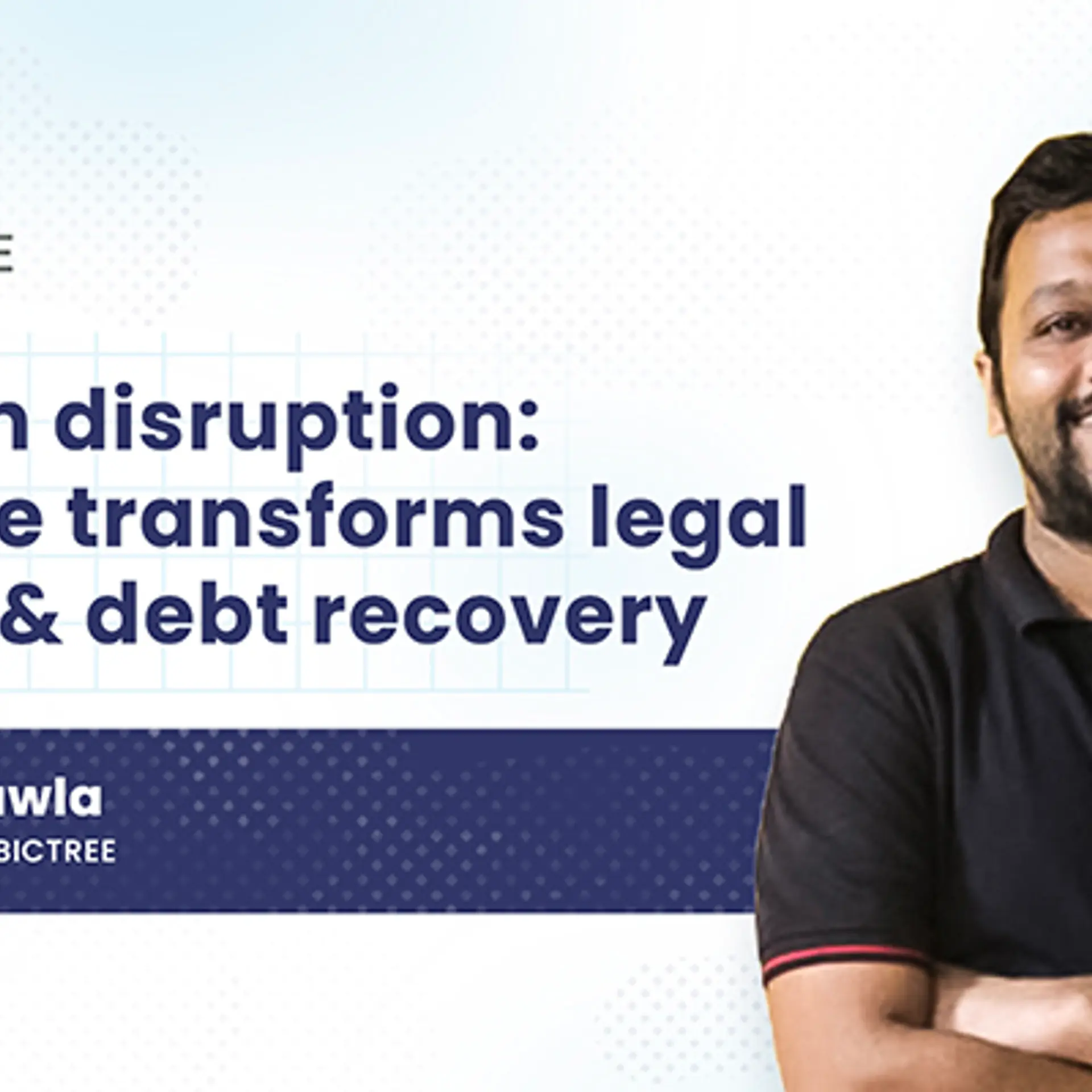Inside India’s content economy post-COVID-19
Today, India has nearly 80 million content creators, including video streamers, influencers, bloggers, creators on OTT platforms, physical product creators, and essentially anyone building a community around their niche.
In 2020, the world, almost instantaneously, shifted towards the internet. It also naturally adopted working from home as the new way of working.
Locked inside their homes, people turned to their hobbies and passions, and in the process, became creators and influencers on social media for engagement and entertainment.
It opened doors to creativity, and the monetisation of the created content, helped people become full-time content curators.
The pandemic-led lockdown gave rise to creators and professionals who made themselves popular with the increasing digital adoption.
Today, India has nearly 80 million content creators, including video streamers, influencers, bloggers, creators on OTT platforms, physical product creators, and essentially anyone building a community around their niche.
In fact, an estimated 1.5 lakh professional content creators earn over $200 per month, while a few breakout stars earn upwards of $100,000 per month.
According to Kalaari Capital, the global content creation economy market is pegged at $104.2 billion.
In India, data consumption per smartphone is the highest globally at 15.7 GB per month, while the country has over 637 million smartphone users. By 2026, these numbers are likely to reach over 37 GB per month and 900 million, respectively.
Additionally, nearly 448 million Indians are active social media users, expected to reach 650 million by 2026. These users spend an average of 4.6 hours per day consuming content.
All this at a low cost of $0.68 per GB, well below the global average of $4.21.
This is a testament to the spurring capacity the creator’s economy would showcase.
Undoubtedly, the beginning of a virtual world paved the way for content creators to grow and boost the creator economy is a dire need to remedy the enormous employment loss incurred amid the pandemic.
In India, the YouTube creator ecosystem contributed almost Rs 6,800 crore to the Indian economy in 2020. Moreover, the company generated over 6.83 lakh full-time equivalent jobs in the country, as reported by Oxford Economics.
There is no denying that digital marketing in the modern era is an essential part of brand building and expansion. Not only does this open doors for brands to connect with their customers, but it also enables interactions across countries and cultures.
The rise of nano and micro-influencers has taken over, as per a leading Indian financial daily, high-end celebrities account for only 27% of the influencer marketing, and the rest of the 73% is led by the new bees.
These nano influencers have a smaller base. It provides a better personal connection and trust while having a targeted reach.
ALSO READ

Short-form video content has been a hit and will stay along with formats like Instagram Reels, YouTube Shorts, etc.—the most impactful way to grab the short attention span of customers.
There are about 210 million monetisable internet users who follow regional content, and the content format will thrive for brands to target their audiences.
One of the major trends emerging now is that brands have come out of their “experimental influencer marketing campaign” phase. They are now investing in “planned budgeted influencer marketing campaigns”.
The shift demonstrates the acceptability and success this domain has achieved for itself. The government’s recent decision on implementing taxes on influencers further formalises the creator economy and their work.
Edited by Suman Singh
(Disclaimer: The views and opinions expressed in this article are those of the author and do not necessarily reflect the views of YourStory.)









